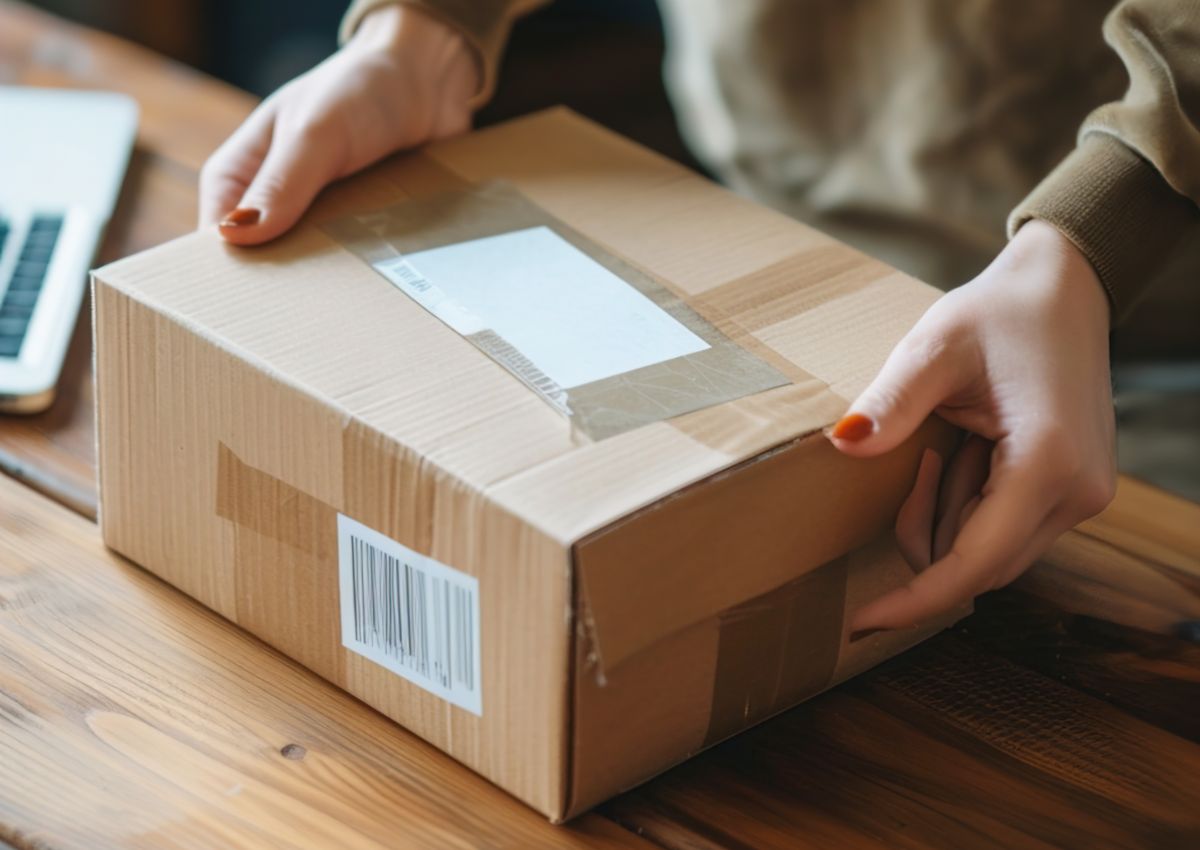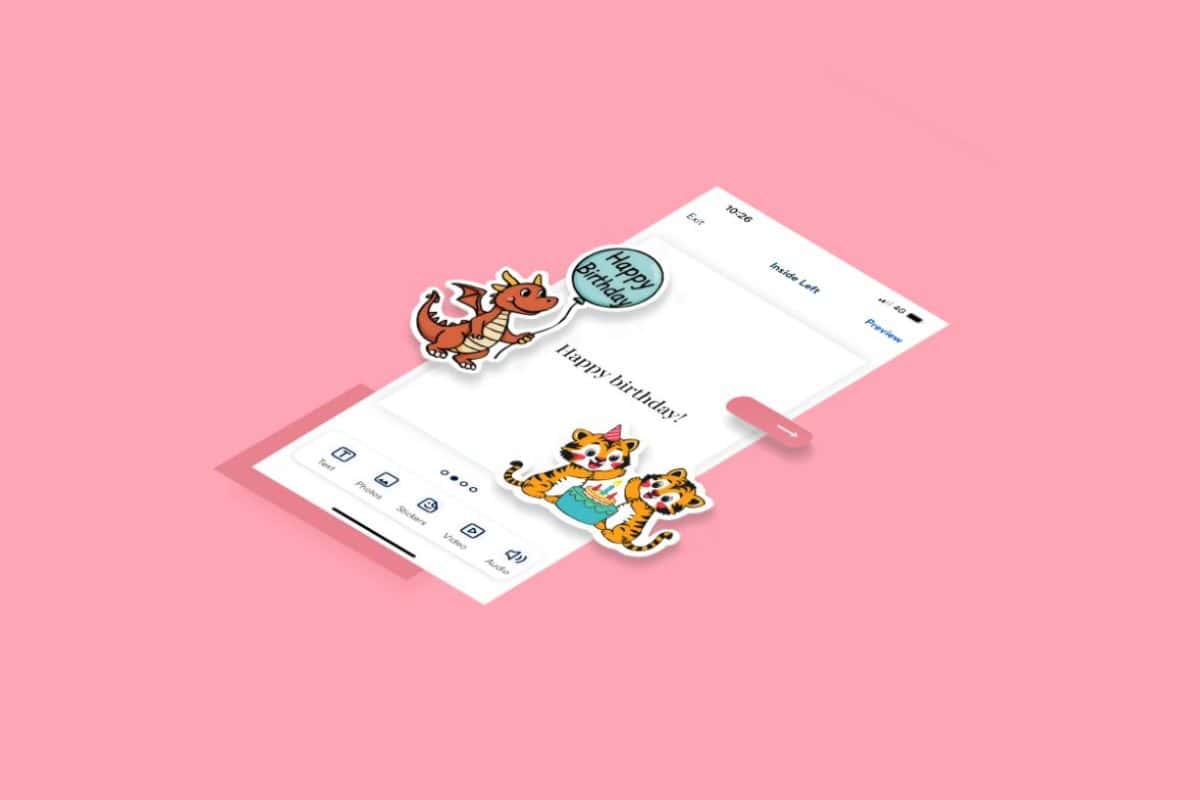Bluetooth, the short range wireless connectivity standard that we all use to connect our headphones to our iPhones, has been updated with a new direction finding feature that could potentially offer retailers some interesting new ways to engage consumers.
Bluetooth location services solutions generally fall into two categories; proximity solutions and positioning systems. Today, proximity solutions use Bluetooth to understand when two devices are near each other, and approximately how far apart. They include item finding solutions such as personal property tags, as well as point-of-interest (PoI) information solutions like proximity marketing beacons. By including the new direction finding feature, Bluetooth proximity solutions can add device direction capability.
For example, says The Bluetooth Special Interest Group (SIG), the body responsible for the changes, enhancement to PoI solutions will allow beacons in retail establishments to provide nearby shoppers with additional product information or indicate on an app map the precise aisle where a desired item can be found.
Moreover, Bluetooth can also then be used to create real-time locating systems (RTLS) such as asset tracking, for example, helping shop staff locate and track the position of trolleys on the supermarket floor.
“Since the introduction of Bluetooth Low Energy in 2010, developers have been able to leverage Bluetooth to create powerful, low cost location services solutions for a variety of applications spanning across consumer, retail, healthcare, public venues, and manufacturing environments,” says Andrew Zignani, Senior Analyst, ABI Research. “The new direction finding feature can help Bluetooth better address the varied and evolving needs of the location industry, enabling more flexible, scalable and futureproof deployments that will further accelerate the adoption of Bluetooth for location services in existing markets, while unlocking additional business opportunities for new applications and use cases.”
“The new direction finding feature enables products to determine the direction of a Bluetooth signal, enabling the development of Bluetooth proximity solutions that can understand device direction, as well as Bluetooth positioning systems that can achieve down to centimetre-level location accuracy,” explains Martin Woolley, Developer Relations Manager, Bluetooth SIG.
“Imagine a room in a museum with multiple exhibits that have associated locator beacons,” he says. “With direction finding support, a PoI application on a smartphone could not only inform a user of all the exhibits in the room and allow them to select one to receive additional information, but the user could simply point their smartphone at a specific exhibit to get more information on that item.”
Image: The Bluetooth Special Interest Group (SIG)








